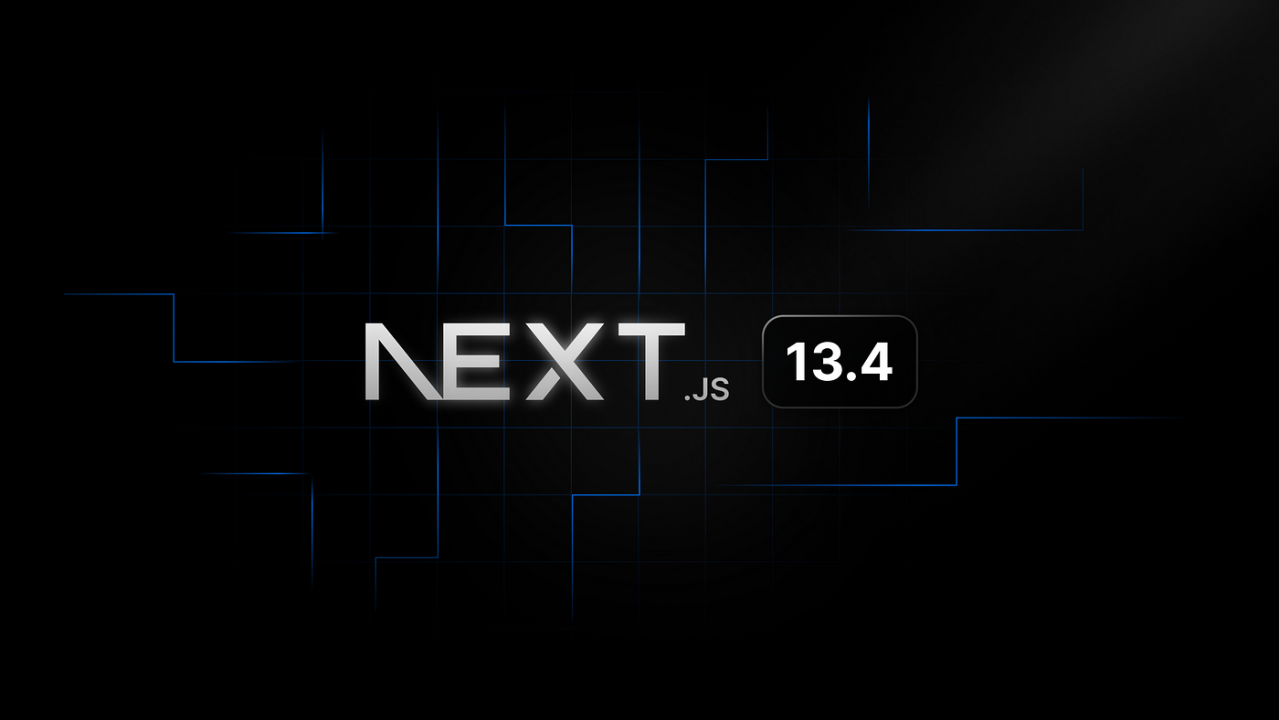
Exploring Next.js: The React Framework for Production
Introduction
In the world of modern web development, building fast, scalable, and SEO-friendly web applications is a top priority. Enter Next.js, a powerful React framework that simplifies the process of creating these applications. In this blog post, we'll explore what Next.js is, its key features, and why it's becoming the go-to choice for developers.
What is Next.js?
Next.js is an open-source React framework created by Vercel. It enables developers to build server-side rendered (SSR) and statically generated React applications with ease. Next.js provides a rich set of features out of the box, including automatic code splitting, client-side routing, and API routes.
Key Features of Next.js
1. Server-Side Rendering (SSR)
Next.js allows you to render your React components on the server-side before sending the HTML to the client. This enhances the performance and SEO of your web application. With SSR, search engines can easily index your content, leading to better visibility and higher rankings.
2. Static Site Generation (SSG)
Next.js also supports Static Site Generation, which pre-renders pages at build time. This approach is perfect for content-heavy websites like blogs or e-commerce stores. By generating static HTML, you can achieve faster load times and improved performance.
3. Automatic Code Splitting
One of the most compelling features of Next.js is its automatic code splitting. This means that each page only loads the JavaScript and CSS it needs, reducing the overall load time and improving the user experience.
4. API Routes
With Next.js, you can create API endpoints directly within your application. This is particularly useful for building full-stack applications where you need to handle data fetching and processing on the server-side.
5. Built-in CSS and Sass Support
Next.js comes with built-in support for CSS and Sass, making it easy to style your applications. You can import CSS files directly into your components, or use styled-jsx for scoped CSS.
6. File-System Based Routing
Next.js uses a file-system based routing mechanism, which simplifies the process of creating routes. Simply add a file to the pages directory, and Next.js will automatically create the corresponding route for you.
Getting Started with Next.js
To get started with Next.js, you'll need to have Node.js and npm (or yarn) installed on your machine. Once you have these prerequisites, you can create a new Next.js project using the following commands:
```bash npx create-next-app my-next-app cd my-next-app npm run dev This will set up a new Next.js application and start the development server. You can now open your browser and navigate to http://localhost:3000 to see your application in action.
Conclusion Next.js is a powerful and versatile framework that simplifies the process of building modern web applications with React. Its features like server-side rendering, static site generation, and automatic code splitting make it an excellent choice for developers looking to create high-performance, SEO-friendly applications. Whether you're building a simple blog or a complex e-commerce platform, Next.js provides the tools and flexibility you need to succeed.
If you haven't tried Next.js yet, now is the perfect time to dive in and experience its benefits for yourself. Happy coding!
References Next.js Documentation Vercel css Copy code
Feel free to customize and expand on this article to better fit your needs!
You write all this in markdown ChatGPT ChatGPT Sure! Here's the complete blog article about Next.js in markdown format:
markdown Copy code
Exploring Next.js: The React Framework for Production
Introduction
In the world of modern web development, building fast, scalable, and SEO-friendly web applications is a top priority. Enter Next.js, a powerful React framework that simplifies the process of creating these applications. In this blog post, we'll explore what Next.js is, its key features, and why it's becoming the go-to choice for developers.
What is Next.js?
Next.js is an open-source React framework created by Vercel. It enables developers to build server-side rendered (SSR) and statically generated React applications with ease. Next.js provides a rich set of features out of the box, including automatic code splitting, client-side routing, and API routes.
Key Features of Next.js
1. Server-Side Rendering (SSR)
Next.js allows you to render your React components on the server-side before sending the HTML to the client. This enhances the performance and SEO of your web application. With SSR, search engines can easily index your content, leading to better visibility and higher rankings.
2. Static Site Generation (SSG)
Next.js also supports Static Site Generation, which pre-renders pages at build time. This approach is perfect for content-heavy websites like blogs or e-commerce stores. By generating static HTML, you can achieve faster load times and improved performance.
3. Automatic Code Splitting
One of the most compelling features of Next.js is its automatic code splitting. This means that each page only loads the JavaScript and CSS it needs, reducing the overall load time and improving the user experience.
4. API Routes
With Next.js, you can create API endpoints directly within your application. This is particularly useful for building full-stack applications where you need to handle data fetching and processing on the server-side.
5. Built-in CSS and Sass Support
Next.js comes with built-in support for CSS and Sass, making it easy to style your applications. You can import CSS files directly into your components, or use styled-jsx for scoped CSS.
6. File-System Based Routing
Next.js uses a file-system based routing mechanism, which simplifies the process of creating routes. Simply add a file to the pages directory, and Next.js will automatically create the corresponding route for you.